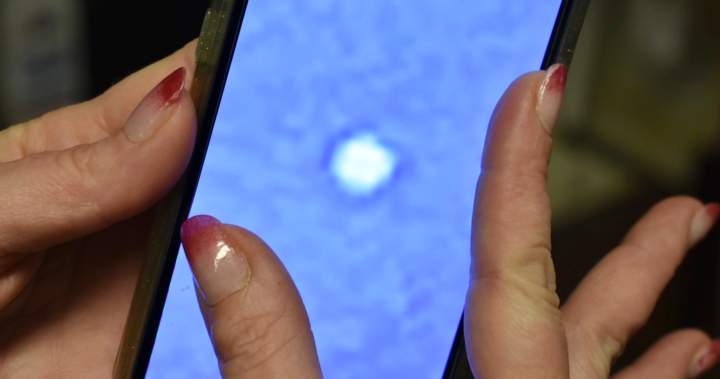Canada Urged to Enhance Data Collection and Analysis of Unidentified Aerial Phenomena
A recent report from the federal science adviser emphasizes the need for a systematic approach to collecting and analyzing data on unidentified aerial phenomena (UAPs), commonly known as UFOs. The report highlights the 2023 incident involving high-altitude balloons over North America, including one suspected to be of Chinese origin carrying sophisticated equipment, as a stark reminder of the importance of such an initiative. This event underscored the challenges in distinguishing between natural occurrences, conventional technological devices, and potential security threats in the airspace.
The report recommends designating a federal department or agency to manage public data on UAP sightings and establish a centralized service for collecting witness testimonies, conducting investigations, and releasing analyses. This approach would not only enhance Canada’s preparedness for similar incidents in the future but also address the public’s long-standing fascination with unexplained aerial phenomena.
Over the years, public interest in UFOs has often been intertwined with speculation about extraterrestrial life, contributing to skepticism and ridicule surrounding reported sightings. However, the shift in terminology from UFOs to UAPs signifies a move towards a more nuanced understanding of these occurrences. The new terminology aims to reduce stigma and encourage greater transparency, credibility, and acceptance of research in scientific circles and among the general public.
The report acknowledges that many UAP sightings can be attributed to optical illusions, atmospheric phenomena, or human activity. However, a significant portion remains unexplained due to insufficient data and a lack of rigorous scientific investigation. This gap in knowledge can fuel misinformation and disinformation, eroding public trust in credible sources, including scientists, journalists, and government institutions. The report underscores the importance of addressing this issue by providing transparent and evidence-based information about UAPs.
The report traces the Canadian government’s involvement in investigating unusual aerial sightings back to the early days of the Cold War. In 1952, the Defence Research Board established Project Second Storey to examine “flying saucers” over Canada. Currently, various agencies, including Transport Canada, the Royal Canadian Air Force, the Department of National Defence, and even local police forces, receive reports of UAPs. Civil society organizations also contribute to data collection and analysis. However, the report notes the absence of a cohesive and standardized reporting and follow-up system in Canada.
The report points to the United States, France, and Chile as examples of countries with coordinated and transparent approaches to UAP reporting. It suggests that Canada could emulate these models by assigning a trusted scientific organization, such as the Canadian Space Agency, to manage public data on sightings. This organization would also play a crucial role in dispelling misinformation and disinformation by responding to public and media inquiries, documenting common misinterpretations of observations, and making data publicly available for transparency and research purposes. The report emphasizes that embracing robust scientific methods and transparent communication will significantly enhance public understanding and combat misinformation surrounding UAPs. This, the report concludes, is vital for maintaining public trust and ensuring national security.


